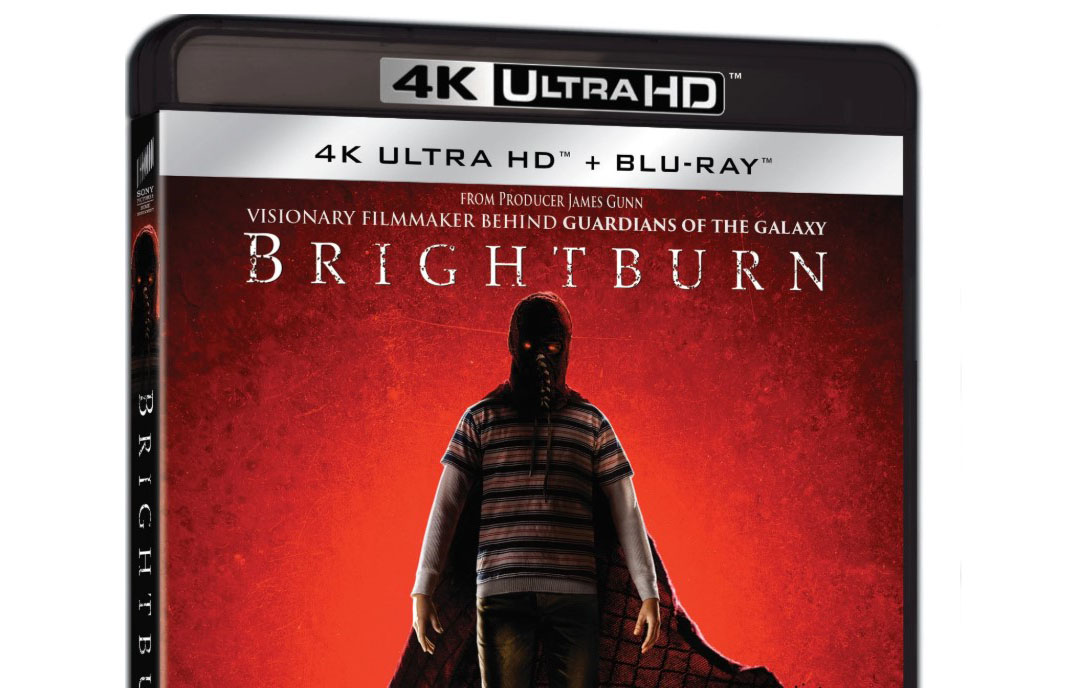TL;DR
Imagine Superman as a terrifying, murderous alien instead of a hero. That's the chilling premise of *Brightburn*, a film produced by James Gunn where a seemingly perfect adopted son discovers his extraterrestrial origins and turns into a sinister force. Elizabeth Banks and David Denman shine as his unsuspecting parents, contrasting with Jackson A. Dunn's unsettling performance as the growing threat. While it plays with familiar horror tropes and has some minor visual hiccups, the film delivers a fresh take on the superhero origin story with disturbing moments and a surprisingly effective UHD presentation. Ready to see the dark side of heroism? Dive into the full review.
What if a being with abilities akin to Superman (forgive the old-school reference) landed on Earth, but instead of being a savior, turned out to be a murderous psychopath? What if, upon realizing his extraterrestrial origins, he sought not to protect humanity, but to eliminate those he deemed inferior in pursuit of his own objectives? The film Brightburn explores this very premise.
Tory (Elizabeth Banks) and Kyle Breyer (David Denman) have struggled for years to conceive. One night, a spacecraft crashes on their property, containing a healthy infant. They embrace the opportunity, raising the child as their own. While aware he is no ordinary boy, the first twelve years pass without incident, as Brandon Breyer (Jackson A. Dunn) develops into a well-behaved and exceptionally intelligent young man. However, one night, the ship reactivates, triggering Brandon’s realization that he is far from ordinary and that he possesses a malevolent purpose on Earth.
Brightburn is produced by James Gunn (director of Guardians of the Galaxy) and written by Brian Gunn and Mark Gunn, (James’ brother and cousin, respectively). Gunn’s stylistic hallmarks are evident throughout the film, which is directed by his colleague David Yarovesky, in his feature film debut. While Yarovesky is credited as director, the influence of James Gunn feels pervasive, an observation supported by the supplementary materials. The film echoes Gunn’s earlier works like Slither and Super. A subtle reference to Super even appears in Brightburn; it’s fleeting, so be vigilant.
Elizabeth Banks and David Denman deliver convincing and relatable performances. They provide a strong contrast to the increasingly sinister adopted son. However, the narrative occasionally asks the audience to accept certain developments too readily, despite clear indications of Brandon’s extraordinary nature. The pacing is brisk, and the film’s conclusion may subvert initial expectations. Jackson A. Dunn’s portrayal of Brandon Breyer sets a new standard for malevolent children, surpassing many prior depictions within the horror genre.
Given its relatively modest budget of six million dollars by American standards, Brightburn explores more graphic content. A particular sequence involving a man in a car is notably disturbing. However, the film occasionally relies on familiar horror tropes, and some of the special effects are underwhelming. In particular, a scene involving a lawnmower appears somewhat unpolished, detracting slightly from the overall presentation.
Conversely, the quality of this UHD edition significantly enhances the viewing experience, boasting excellent picture and sound. The barn sequences, with their interplay of light and shadow, appear particularly impressive in 4K and HDR. The film was digitally captured, preserving the fidelity between the original footage and the Ultra-HD master. The Dolby Atmos soundtrack is equally impressive, delivering an immersive home theater experience from the opening moments. The surround effects are well-executed, effectively conveying the sensation of Brandon’s flight within the viewing space. While the included promotional documentaries are unremarkable, the commentary track offers valuable insights and information.
In conclusion, while Brightburn may not be an absolute essential, the enhanced home theater presentation makes this UHD edition a worthwhile addition to one’s collection.

